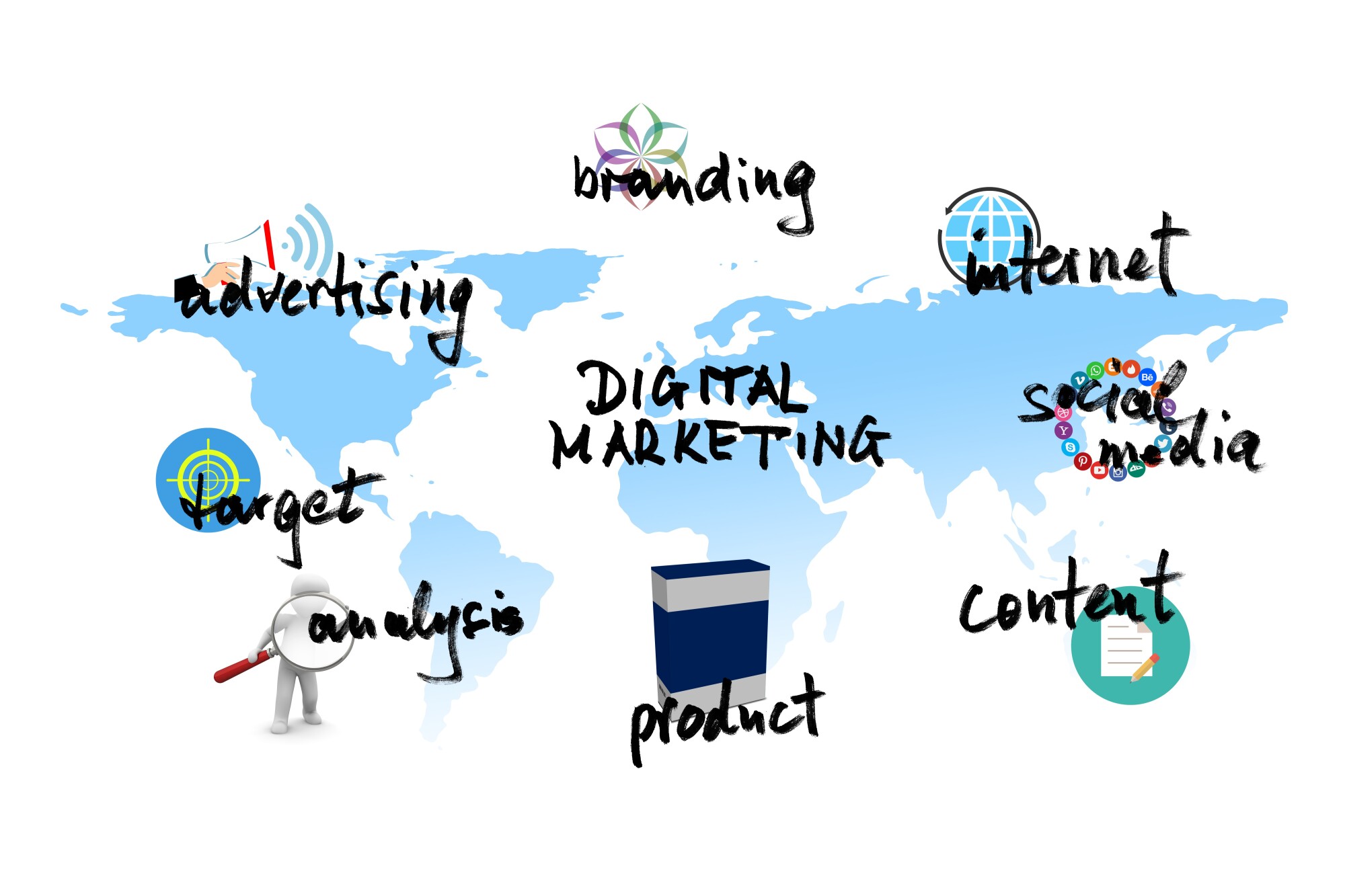With over 3.2 billion people (42% of the population!) using social media, it’s no surprise most successful businesses incorporate social media strategy into their marketing plans. However, those that really hit the mark are the ones who manage to seamlessly integrate their social media platforms with their business website.
What are the best ways to accomplish this? And why do you need to do it anyway? Read on to learn more!
Why Integrate Social Media with Your Business Website?
First of all, let’s start with the “why.” There are many very good reasons to make your website and social media a seamless experience for users. Here are a few of the most important:
- Increase your online presence
- Encourage viewers to interact with your brand
- Improve the performance of your overall marketing strategy
Want to see these results for your business? It’s easy to do if you follow these steps.
1. Take Advantage of Social Media Buttons
This one seems obvious, but you would be surprised how many companies fail to add social media buttons to their website design. These buttons make it easy for readers to share your content and follow you on social media.
E-commerce sites will want to emphasize Pinterest, while blogs should have sharing buttons for Facebook, LinkedIn, and Twitter. You can either add buttons with a plug-in or have some custom designed for your site.
Don’t feel like you have to add every single social media site. Instead, stick with the ones you use the most often. This will give visitors the best user experience.
2. Allow Visitors to Login with Social Media
If your site has a members-only section or you require a login to comment on blog posts, consider allowing visitors to use their social media credentials instead of making them create a whole new account.
Most people prefer not to have to remember a separate username and password. Even better, doing this opens up the door for more cross-platform communication.
3. Add Easy Social Share Buttons
Especially if you’re an e-commerce business, it’s important that you have easy social share buttons embedded in every product listing. This gives visitors the opportunity to advertise your products for you on their social media channels, which is an obvious win!
Businesses with active blogs will want to do the same thing. When someone reads a post and loves it, their first thought is usually to share it. Make it easy for them to do so or they’ll get distracted and move on to the next thing, leaving your blog behind.
4. Incorporate Social Media Feeds into Your Website Design
If you’re already using social media for your business, why not make it a part of your website as well? Plug-ins are available that allow you to embed your Twitter, Instagram, or Pinterest feed. This makes your website more dynamic and encourages visitors to check out your other platforms.
Note: If you’re going to take this approach, you need to make sure that the feeds only include high-quality photos and information that’s relevant to your brand. This means no random selfies or personal information.
Remember that everything you do on social media is a reflection on your brand. This is particularly true when you embed the feed into your business website.
5. Take Advantage of #Hashtags
One of the best ways to encourage user-generated content and keep your brand top-of-mind on social media is to create a hashtag promotion. Once you choose your hashtag, you can incorporate it throughout your brand’s visual marketing. This includes on your website and on all types of social media platforms.
Keep your hashtag short and sweet and try to come up with something that will be relevant for the long-term. The longer you use it, the more likely it is to catch on and spread!
6. Don’t Overdo It
While you definitely want to incorporate social media into your business website, beware of falling into the trap of “too much of a good thing.” If you plaster social media sharing buttons all over your website, it will negatively impact the user experience.
Even worse, if you drive users away from your website and over to social media, there’s a good chance they won’t ever make it back. Since most conversions happen on your site, rather than on social media, you could actually hurt your sales if you overdo it!
7. Stay Mindful of the Rules
Each social media platform has certain rules for what you can and cannot do. For example, you’re not supposed to operate a business brand under your personal Facebook profile. If you’re planning to do any type of promotions or contest on Facebook, you’ll need to follow explicit rules to avoid getting yourself in trouble.
The way you choose to use social media is a direct reflection of your business website, so make sure everything you do is professional and is done the right way.
8. Use Analytics
It’s important to keep track of how effective your social media strategy is so that you can make some tweaks if necessary. You can monitor how many visitors to your website use the social share buttons by using Google Analytics. If you find that you aren’t getting many conversions to your social media site, it’s probably time to consider moving your buttons or trying a new design.
Many social media platforms, including Facebook and Pinterest, also offer their own set of analytics. Take a look at these regularly and use this information along with what Google provides to help you determine your best course of action going forward.
Get Started with Your New Social Media Plan Today!
Now that you understand the how and why of integrating your social media platforms with your business website, you’re ready to take your digital marketing strategy to a whole new level. Check out the rest of our blog for more social media tips and tricks!







